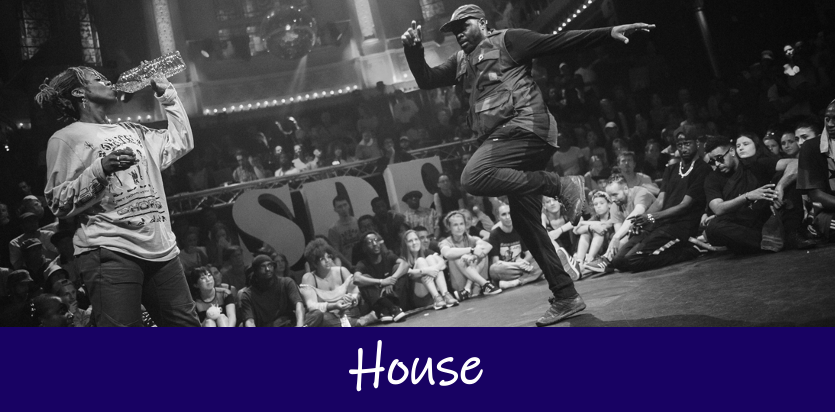
House is a style that came up in the late 70s to early 80s, in the underground clubs of New York and Chicago. The dance, being influenced by tap, African dance, Latin dance and martial arts, is characterised by intricate footwork paired with an easy-going groove. It also emphasises expressive freedom and feeling the music, as opposed to steps or choreography. We can look into its history to see why that is.
House dance is done to house music. Back then, there were DJs getting tired of this ‘cheesy’ disco music and started blending breakbeats, afrobeats and electronic music. DJs like Larry Levan and Frankie Knuckles started off selling their new music in record shops in NY, then a big club in Chicago, “The Warehouse”, caught wind of it and started playing it there.
So, as house music was taking off at these clubs, people started coming to dance for a safe haven, a place to escape from the struggle and stresses in life. Although these club-goers were not following any steps or structure, they unknowingly gave rise to a new style. And because house grew in such an organic way from such a diverse pool of people, it gained many influences from other dance styles.
It was only in the early 2000s that people began structuring and categorising house moves. Prominent house dancers, such as Brian Green, Mop Top and Elite Force, along with organisations like Dance Fusion and World Soul were instrumental in laying this foundation. It was out of this that signature moves like the jack, the swivel, heel-toe and the skate were formalised. However, to this day, the highlight of house is not so much the moves or routine. It’s speciality lies in feeling the music.